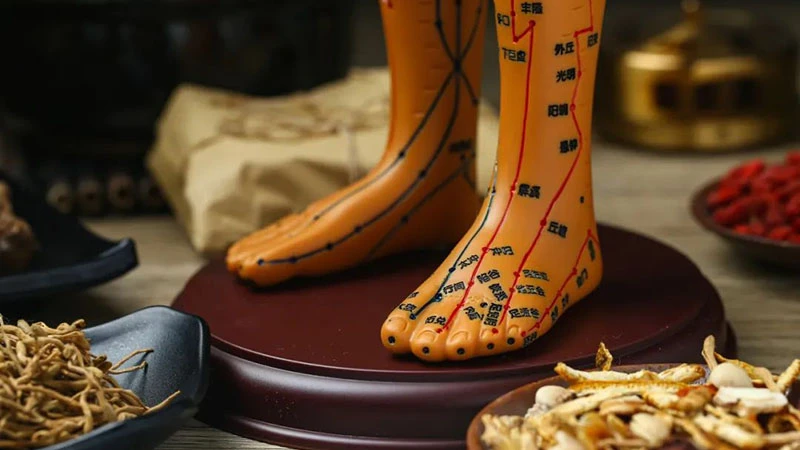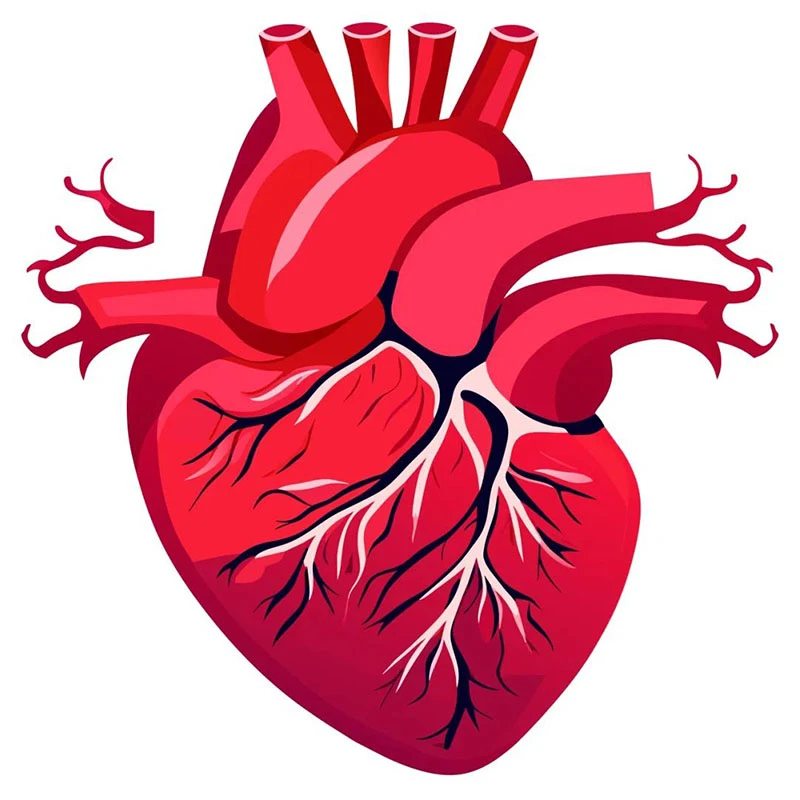In the fast-paced world of today, few wellness practices remain as accessible and timeless as the ancient Chinese method of toe-raising, known traditionally as Dun Zhong Fa (敦踵法). This simple yet powerful practice, dating back to early Chinese medical texts, has served as a tool for strengthening the body, enhancing circulation, and promoting long-term health. Today, toe-raising exercises have gained renewed attention, with modern health enthusiasts discovering how effective this small movement can be in combating sedentary habits and supporting cardiovascular health.
Mentioned in ancient texts, such as the Han dynasty’s Guide to Health (引书), toe-raising has long been valued for its impact on chest health and overall circulation. Within the TCM practice of “Eight Pieces of Brocade” (八段锦), an ancient series of exercises for health preservation, the final form involves toe-raising to stimulate internal energy (Qi) and encourage smooth blood flow, reinforcing the practice's reputation as a way to “eliminate all ailments.”

Toe-Raising and Traditional Chinese Medicine: An Energetic Pathway
Toe-raising has a fascinating connection to TCM's meridian theory, which outlines six major energy channels running through the legs—three yin and three yang meridians, each associated with vital organs. The yin meridians (spleen, liver, kidney) travel along the inner legs, while the yang meridians (stomach, gall bladder, bladder) run along the outer legs. When practiced regularly, toe-raising gently stimulates these meridians, promoting balance within the body and enhancing the flow of Qi and blood through key organs. Additionally, the exercise strengthens the calf muscles, which naturally compress and release during toe-raising, aiding the circulation of blood from the lower limbs back to the heart.
From a TCM perspective, stimulating the leg meridians with toe-raising creates an optimal environment for Qi to flow smoothly, rejuvenating the internal organs and supporting the heart. With each heel lift, the movement mimics a gentle "massage" of the muscles and tissues in the legs, contributing to more efficient blood flow and overall balance within the body.
The Modern Health Advantages of Toe-Raising
Today, toe-raising is more relevant than ever, especially given the growing awareness of the effects of prolonged sitting and sedentary lifestyles. Long hours spent sitting reduce circulation and increase pressure in the lower body, leading to discomfort, swelling, and reduced mobility over time. Here, toe-raising offers a simple yet effective way to counter these negative effects. By flexing the calf muscles and ankle joints, toe-raising helps enhance the stability of the ankle, prevent leg stiffness, and reduce the risk of lower limb blood pooling.
Another benefit of toe-raising is its impact on cardiovascular health. When the calf muscles contract during the exercise, they assist in pumping blood back to the heart. This activity aids in reducing strain on the heart, supporting healthy circulation, and potentially alleviating symptoms for those with blood flow concerns. For people who work long hours at a desk, taking brief moments to practice toe-raising throughout the day can be an easy way to refresh circulation and reduce the feeling of heaviness in the legs.
For those new to the practice, here’s a basic guide to performing toe-raising:
1. Start Position: Stand straight with feet hip-width apart, arms relaxed at your sides.
2. Toe-Raising Movement: Slowly lift your heels while balancing on the balls of your feet, feeling the stretch in your calves. Hold for a few seconds as you focus on balance.
3. Controlled Lowering: Gradually lower your heels back down until they are nearly on the floor, then gently bounce on your toes to create a slight vibration in the body.
4. Repeat and Breathe: Repeat the movement rhythmically, aiming for 1 to 5 minutes. If comfortable, add a pelvic lift and breathe deeply for better core engagement.
Toe-raising is highly adaptable and can be performed nearly anywhere. With just a few minutes each day, the practice can lead to lasting benefits, improving stability and enhancing cardiovascular health over time.



